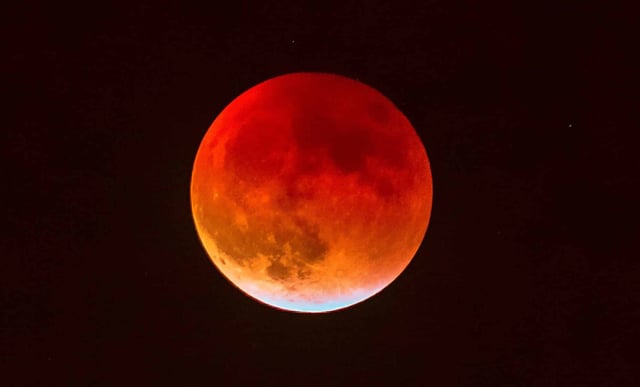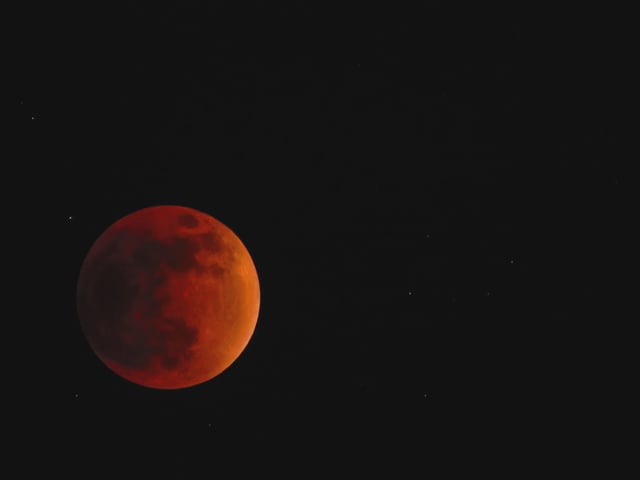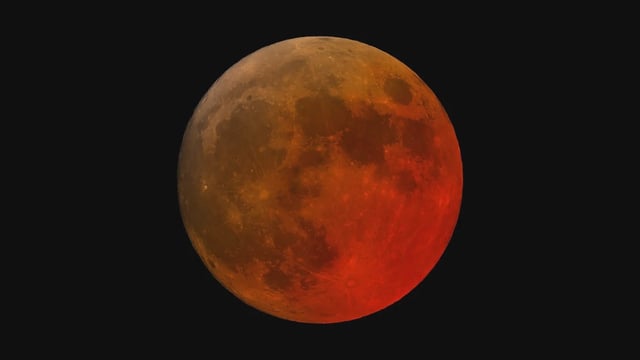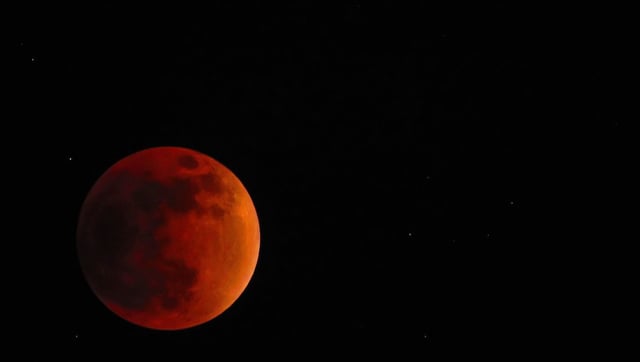Overview
- NASA, Time and Date and other agencies confirm a total lunar eclipse on the night of September 7–8, with the full umbral phase lasting about 82 minutes
- Viewers across Asia, Australia, Europe, Africa and parts of the Americas will see at least partial phases, while places like Chennai get a full window and New York City will witness a crimson moonrise
- Estimates of how much of the global population will see some or all of the eclipse range from roughly 60 percent up to 87 percent, reflecting different counting methods
- The moon will appear slightly larger due to its proximity to perigee and turn red as Earth’s atmosphere scatters shorter wavelengths through Rayleigh scattering
- Skywatchers are advised to monitor local weather and horizon conditions or tune into live streams from NASA, Time and Date and Space.com if their view is obstructed



